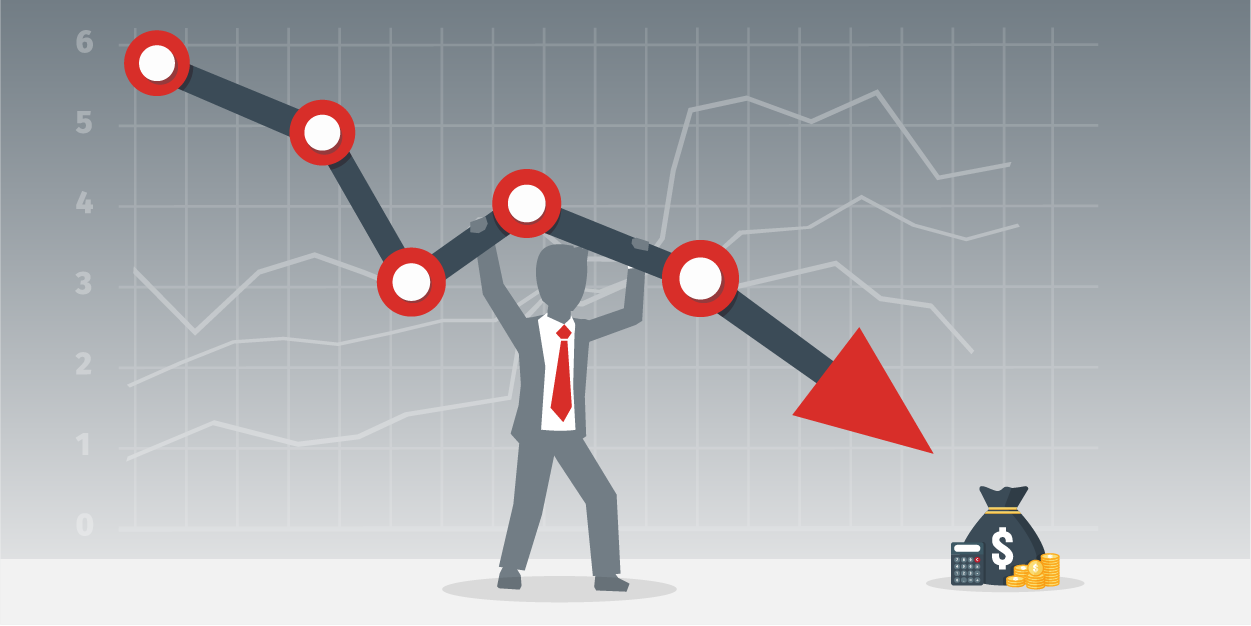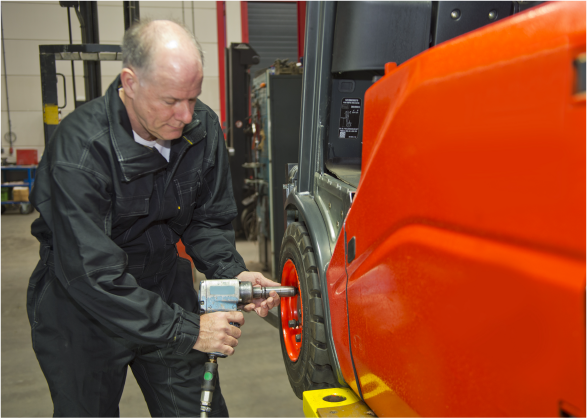
When it comes to fleet management and MHE, cost reduction is the priority on most shipping manager’s minds. While the end goal of increasing profitability and minimizing costs is widely agreed on, most fleet managers are not sure where to begin. By focusing on the top three cost drivers for MHE, shippers can create standardized procedures to help ensure they are maximizing their operation’s profitability while reducing avoidable costs.
1. Absence of a standardized preventative maintenance schedule
Maintenance is where shippers incur a vast majority of the costs associated with MHE. As a rule of thumb – 20% of total MHE costs are incurred at the time of purchase, while the other 80% occur over the life of the vehicle.
The best way to minimize maintenance costs is to establish a set schedule of preventative maintenance measures to ensure your fleet is not just receiving reactive repairs when something goes wrong. Having a data management system that can track all work orders, parts, repairs, and send alerts for regular maintenance will give you a holistic, data-driven view into the costs that have the greatest impact on your bottom line.
2. Inefficient MHE purchasing procedures 
While only 20% of the costs incurred over the life of a vehicle happen at the acquisition, this is still a substantial, one-time payment that when handled inefficiently can lead to unnecessary costs. Having the right partner during the acquisition period can provide your operation with consultation on strategies to increase your buying power through more strategic, long-term purchases.
A 3PL partner can help to layout a proactive buying approach, rather than reactive. For example, this would prevent the purchasing of lift equipment every time they break down. If you see lifts that appear at the end of their lifecycle, you can instead schedule replacements at strategic intervals to be prepared to maintain business as usual. These strategies can also help you leverage your buying power with leasing companies by getting volume discounts through purchasing more equipment at one time instead of frequent acquisitions.
3. MHE operator abuse 
A standardized schedule of preventative maintenance will keep your MHE fleet in the best condition possible to meet operational demands, but it does not address the biggest maintenance issue resulting in the greatest amount of avoidable damage – operator abuse. Operator abuse consists of the misuse of equipment and vehicles, which needs to be identified and addressed to reduce maintenance costs across your fleet.
Data is the first step to increase visibility into operator abuse. Your operation should be collecting and analyzing vehicle data to identify avoidable damage and begin to create benchmarks. Once you identify root causes and problem areas, you can put together a corrective process to measure against your results. Beyond data, hiring skilled technicians who are qualified and experienced is another way to combat operator abuse that cannot be understated.
This type of comprehensive fleet management can be easily implemented into your operation with support from a strategic 3PL partner with proven results and capabilities. To learn more about how Kenco’s fleet management solutions can help you establish long-term equipment strategies, reduce costs, and improve your fleet’s overall efficiency, click here.
